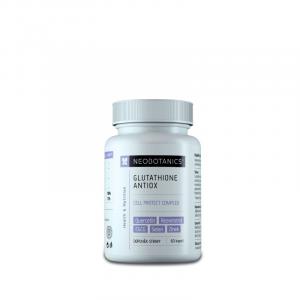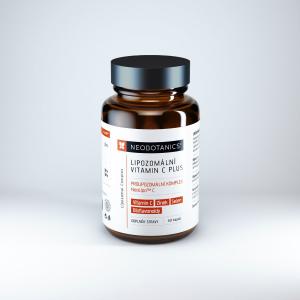Selenium
Other names: selenium
Harm score: 2 (Derivatives of natural substances)
Selenium, also referred to as Selenium in international nomenclature, is a chemical element with the symbols Se and atomic number 34. It is a non-metal that is rarely found in the wild. It was discovered in 1817 by the Swedish chemist Jöns Jacob Berzelius. Selenium has six stable isotopes and exists in several allotropic forms. Its most stable form, which is the most commonly used, has a grey metallic appearance.
In terms of uses, selenium is found in many industries. For example, it is used to make photocells for photocopiers and solar panels, in glass and ceramics, and in earlier times in televisions as part of screens and in electrical engineering. It is also indispensable in animal nutrition, and its compounds are also used in medicine, for example as anticancer agents. Selenium is also important for the human body, which needs it for the proper functioning of the immune system and the thyroid gland, but it is necessary to adhere to the recommended daily doses, as it can be toxic in excessive amounts. In the food industry, selenium is often used as a dietary supplement and can be found in nuts, fish and whole grain products, for example.
Selenium can be found in the following products

MultiVit - Multivitamins and minerals for vegans, 60 tablets
Product detail
Pregna-Plan Multivitamin for pregnant and breastfeeding mothers, 60 tablets
Product detail
Nutri Bears - gummy bears, multivitamin for children, strawberry 90pcs
Product detail
Glutathione Antiox (60 capsules) - for detoxification and immunity support
Product detail
Self-tanning lotion BIO (75 ml)
Product detail